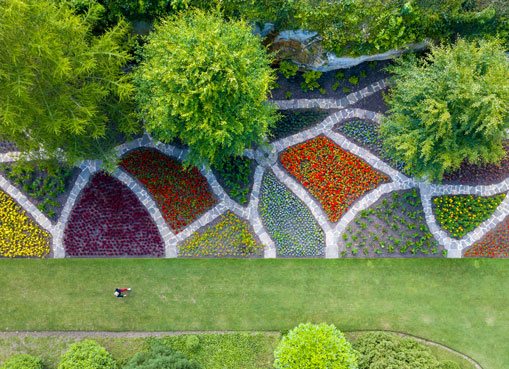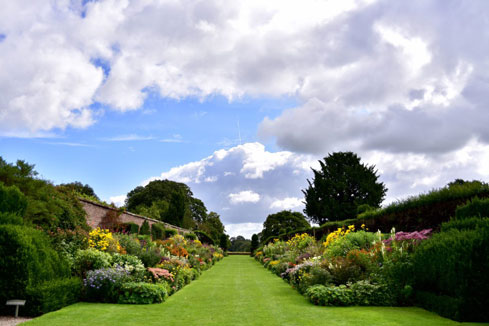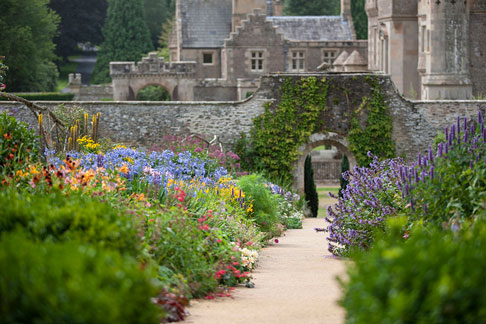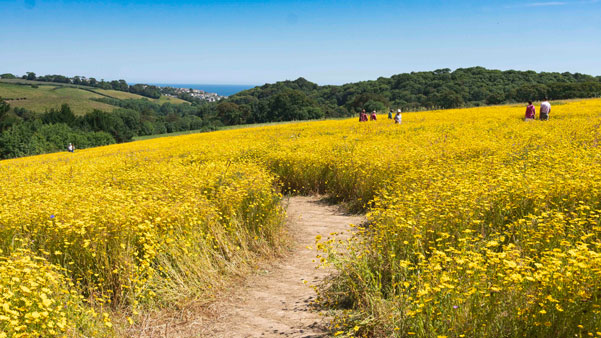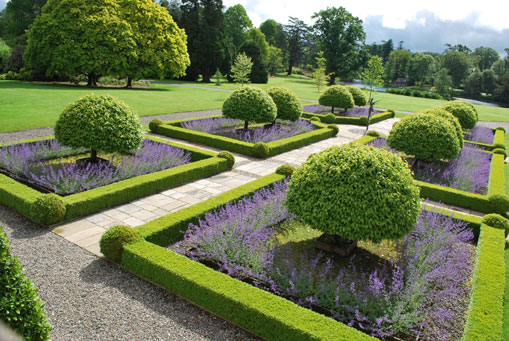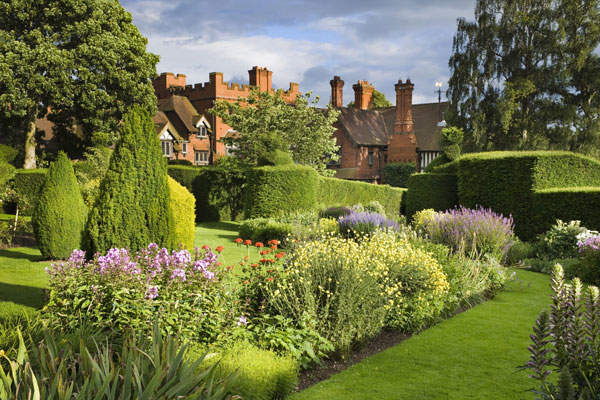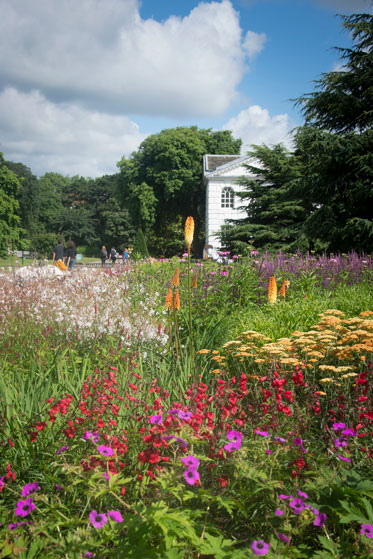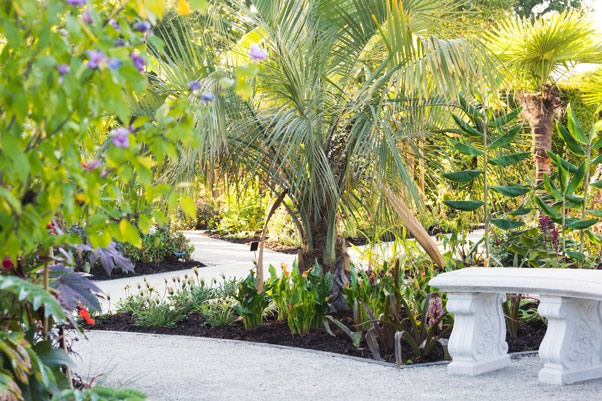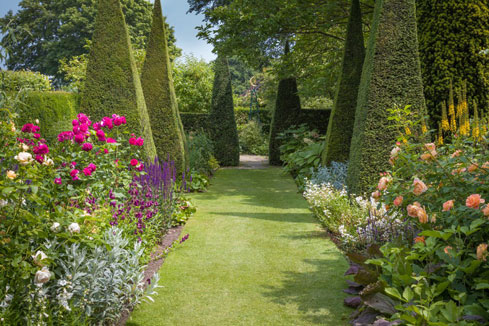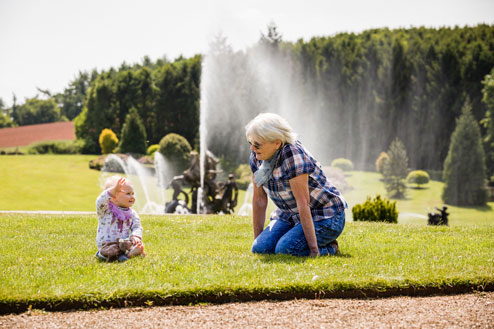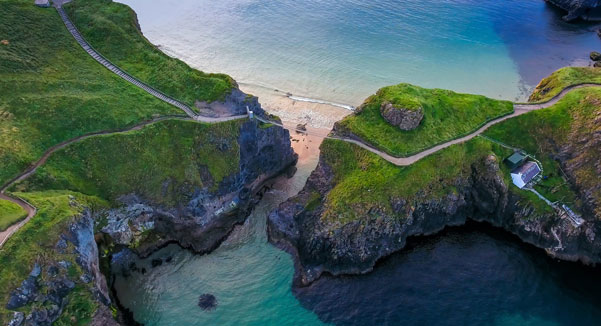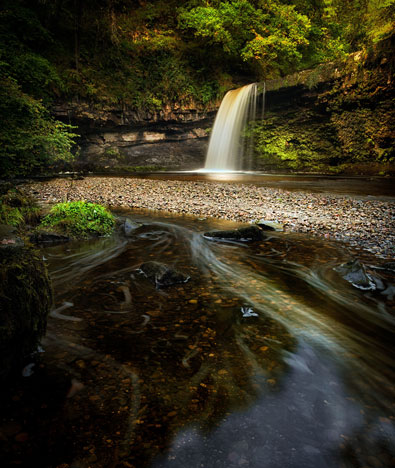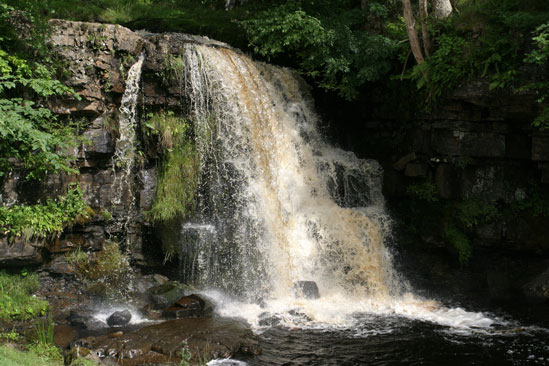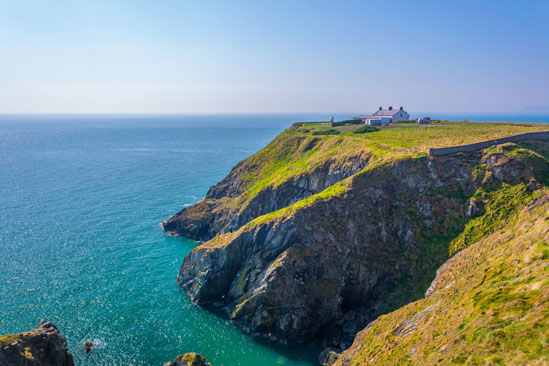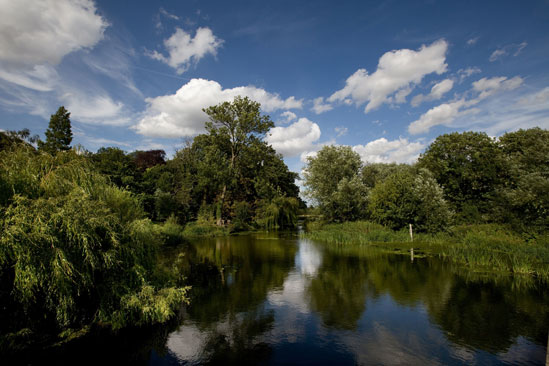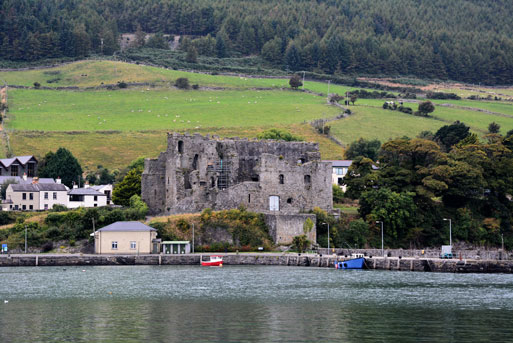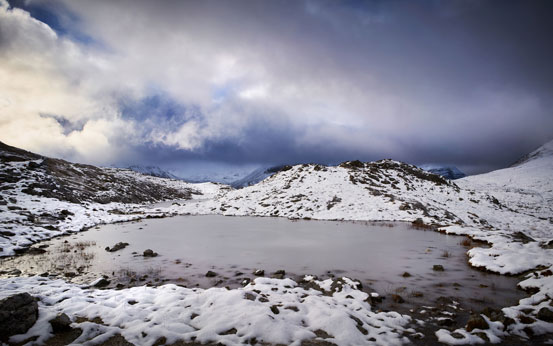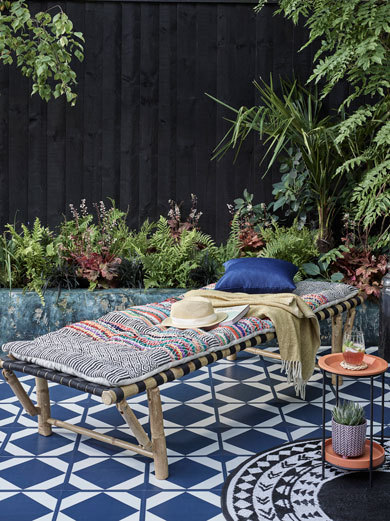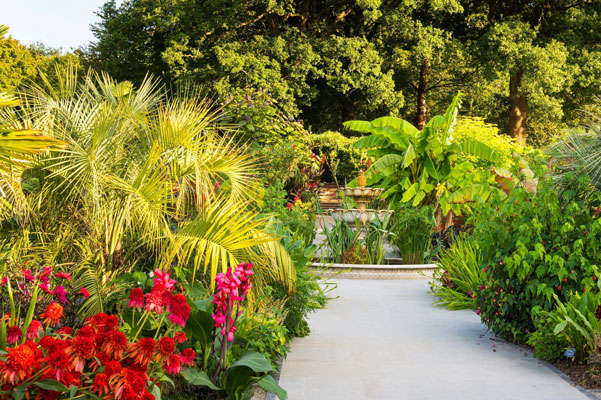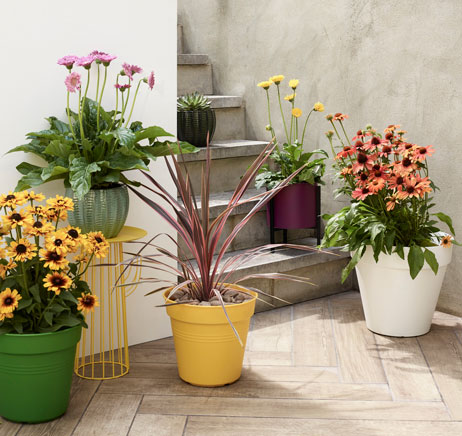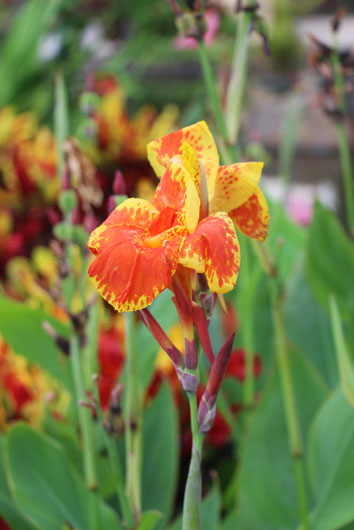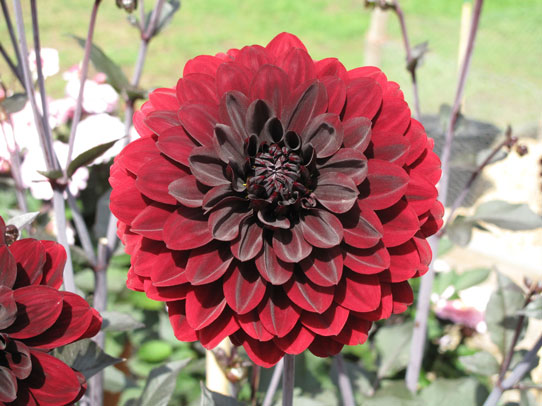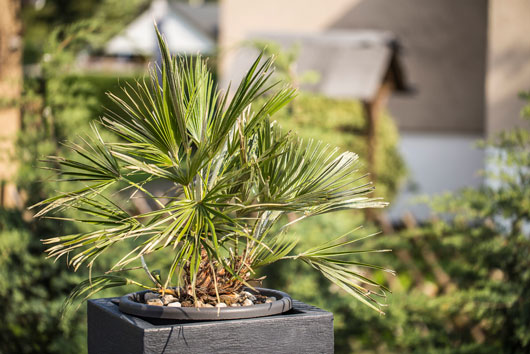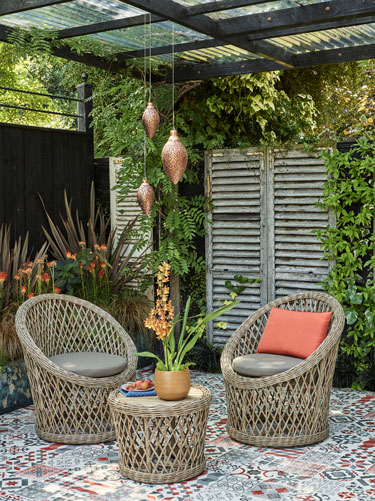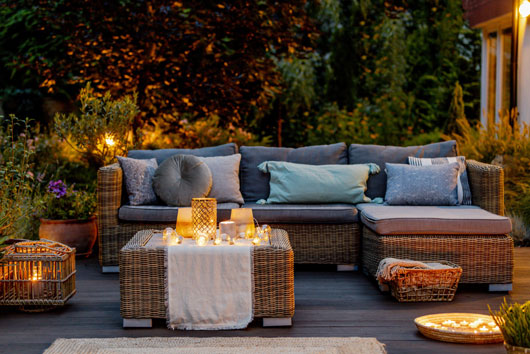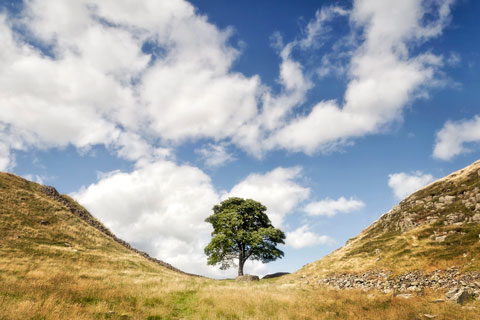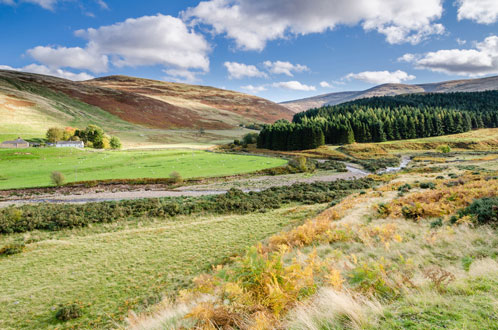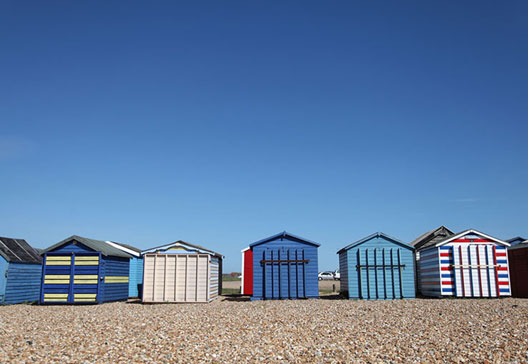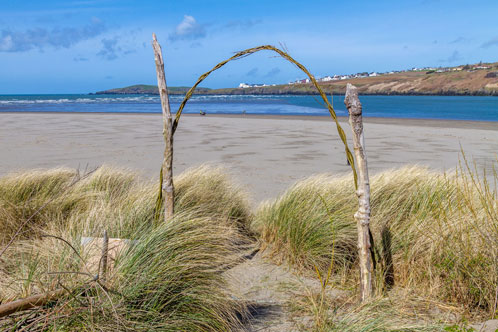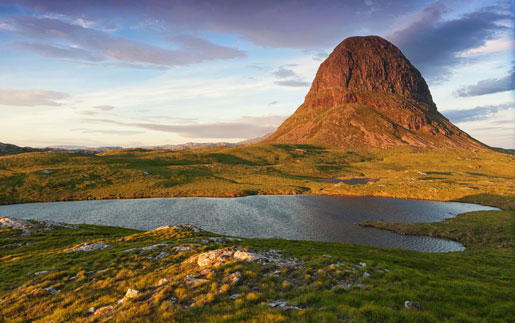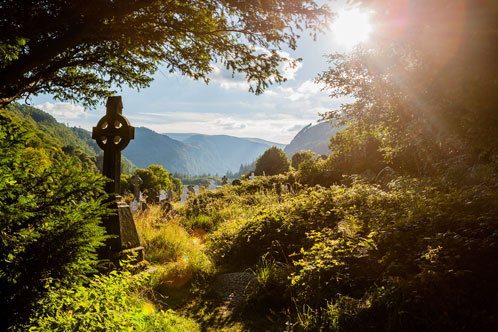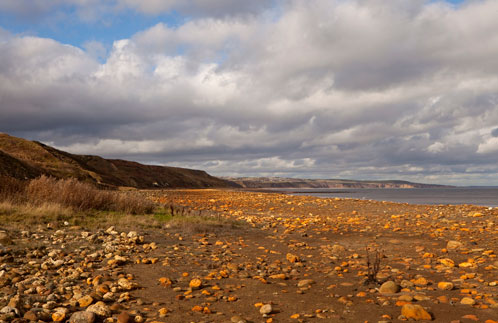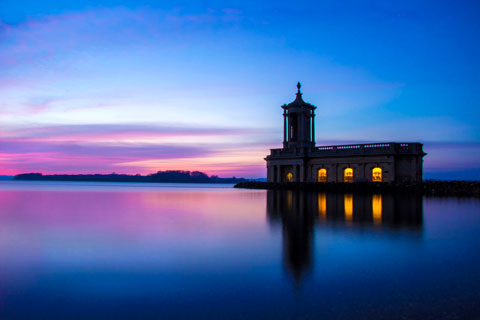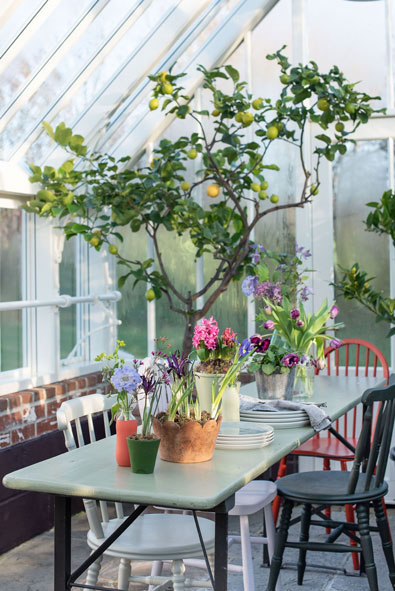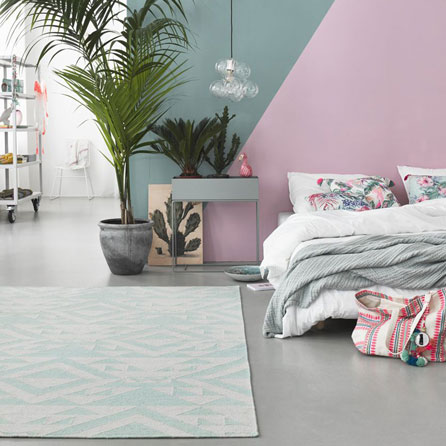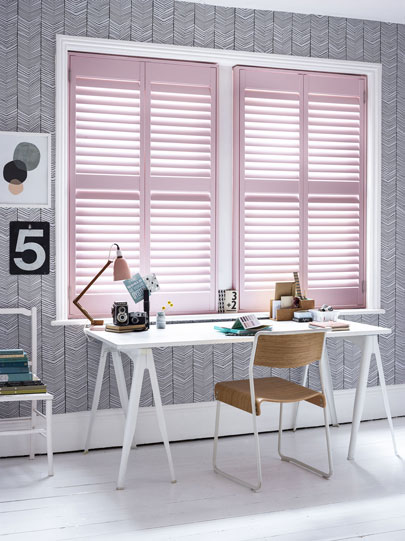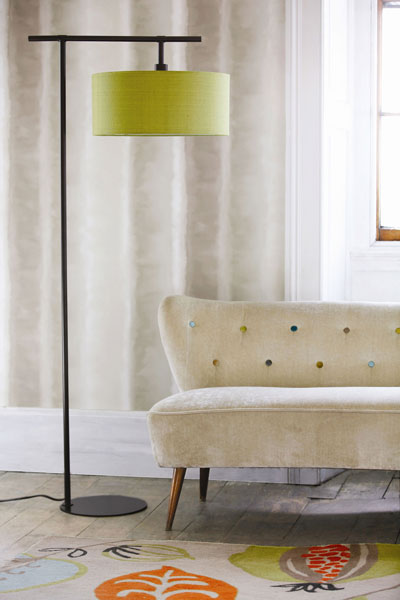Following new government guidelines and changes that McCarthy Holden have made to staffing levels etc. the following is an updated procedure list of requirements that need to be complied to by all staff to ensure safety to both us and the public.
This is an overview of procedures that are required to be completed by all staff, owners and viewers and has been produced after a COVID secure risk assessment. If anyone would like a copy of our risk assessment please email: [email protected]
Offices:
No members of public in office unless by prior appointment
When members of public enter the office, they must be wearing a mask and any employee of McCarthy Holden who is dealing with them must also wear a mask
Offices cleaned and sanitised morning and evening – use alcohol spray and paper towels –
Hours to be 9.30am-5.30pm
No office communal mugs/glasses/plates to be used
Bring in own bottled water / thermos etc
If possible, bring in own lunch or bring pre-packaged. No use of kitchen facilities ie microwave etc.
Front door to remain locked
Hands to be washed throughout the day and dried using paper towels which are then disposed of
Hands to be washed on re-entering office during the day
Empty bins daily into Biffa bin or official bin bags, tied securely
Attire should not include suits as these cannot be washed daily, but staff should maintain smart wear (going forward attire such as chinos/trousers and shirts) not polo or t shirts from next week)
Viewings:
- Virtual viewings must be attempted first
- Viewers must be in the position to proceed
- 1 or 2 viewers of the same household
- No children in the property
- No open house viewing arrangements
Preparation for viewings –
- All doors open and windows open for air flow
- Wash hands with alcohol hand wash or soap and water before and after viewings
- Vendors to vacate
Procedure during viewing –
- Agent to use sanitiser alcohol spray on hands before entering the property and repeat at the end of the viewing. Washable/reusable face masks will be provided for each employee to use.
- Agent unlock property and leave doors open
- Viewers to wear face masks (please bring own) and use the provided alcohol spray before and after entering the property. If a face mask is forgotten agent with have spare disposable. No appointment without a mask/spray.
- Viewers enter property on own if there is not enough space to maintain 2m at all times
- No surfaces to be touched – if a surface is touched it will need to be sprayed and cleaned
- At end of viewing, all parties need to spray hands with alcohol spray.
- Once viewers left, agents shut up property and wipe external handles
After viewing –
- Vendor should ensure surfaces are cleaned and towels disposed of or washed as appropriate.
Take-Ons:
- Vendor to prepare house, turn on all lights, move anything out of sight, open all doors
- Vendor vacates to garden
- Agent to use hand sanitiser alcohol spray and mask and wash hands before and after appointment
- Any questions/follow ups to be done by email
- No surfaces to be touched
- Once finished, spray and wash hands
Market appraisals:
- Agent to use alcohol spray and mask and wash hands before and after appointment
- Agent to complete tour on own if not enough space to maintain 2m
- Doors to be opened in advance by vendor
- Any discussions with vendor should be with 2m space – ie garden or large room
- No paperwork/marketing material to be left – all emailed after


